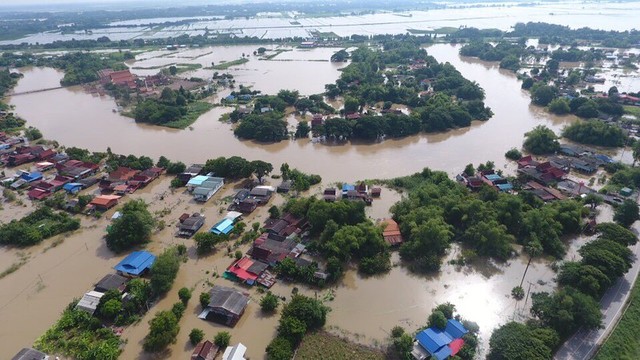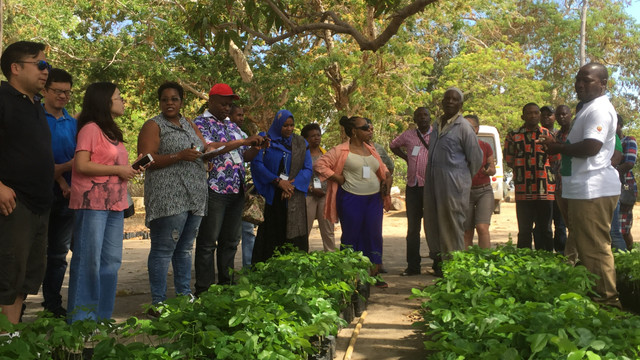What’s missing from private-sector REDD+?
Weak engagement with businesses that operate in forest landscapes and a lack of clarity about who has rights to the carbon in trees are among the problems facing private-sector REDD+ projects, says Isilda Nhantumbo.


Logging truck in Cameroon. Credit: World Resources Institute (Creative Commons)
Years of intergovernmental negotiations on how to put forests at the heart of global efforts to limit climate change bore fruit last year when nearly 200 nations agreed a framework to implement REDD+, a mechanism that will finance projects that prevent deforestation or enhance forests, so long as they also safeguard biodiversity and local community needs.
With public finance in short supply, the private sector has a big role to play, in ensuring forest nations are ready to take part in REDD+, in implementing projects, and in paying for the results they yield.
While the private sector brings much needed know-how to REDD+ there are challenges about how investments in ecosystem-based commodities — such as carbon in trees — will play out. To assess the ways in which the private sector has already engaged with REDD+, Marisa Camargo at the University of Helsinki and I studied 115 projects in 33 countries in Africa, Asia and Latin America.
These projects cover a total area of more than 28 million hectares. On paper that spells a potentially big reduction in greenhouse gas emissions from land use and it should mean plenty of benefits for local communities too. However, our research reveals two big challenges and suggests several ways to address them.
Failure to engage
The projects operate in large areas of several thousands and even up to 0.5 million hectares. It is obvious that within the landscapes there are several actors driving deforestation and forest degradation – these range from smallholder to businesses of different scales.
The first challenge is that nearly all of the REDD+ projects we reviewed have not involved businesses in the agriculture, mining, forestry and energy sectors that are active in the project areas.
By failing to engage with these other land users — which are both important drivers of deforestation and potential agents of sustainable alternatives — there is a risk that deforestation may cease in one area but increase elsewhere.
There is also a threat to the permanence of REDD+ interventions if, for instance, new pressures on land arise from these other sectors.
More inclusive business models could address this by:
- Mapping all land users and uses in the landscape
- Applying the principle of free, prior informed consent not only to local communities but also to all other users in small to large businesses
- Designing means to bring these stakeholders into the REDD+ projects as shareholders.
While this might reduce the overall benefits that each partner can receive (once performance based payments to compensate for reduced emissions are under way), the long-term effects for both emissions reductions and sustainable business goals could surpass the short-term losses.
Carbon rights confusion
The second big challenge is the lack of clarity about who has rights to the carbon in the trees. This clarity will be essential to incentivise land users to adopt and invest in sustainable practices, but across the countries we looked at there is a lack of legislation defining rights to carbon.
Often the overlapping systems of rights mean that communities, governments and private land owners may all expect to own the carbon. Without clarity about who owns — and who can sell — this resource, there are threats of conflicting claims.
Specific contractual agreements such as the Carbon Rights Agreement in the Democratic Republic of Congo can provide the investor/developer some sense of security relating to carbon rights.
Most of the projects we studied are set to last 20-50 years, but some are due to continue for more than 100. Clarity over rights and mapping rights holders is essential to the long-term sustainability of REDD+. It will be costly to achieve this, but the costs of conflict and ineffective mitigation of climate change could well be higher.
To ensure that REDD+ meets its goals of mitigating climate change and bringing additional benefits over the medium and long-term, it will be important to bring on board all stakeholders (including business interests active in the local area) in the design, implementation, and have greater clarity about rights and benefits.
Isilda Nhantumbo is a senior researcher in IIED's Natural Resources Group. She will present this research at the World Agroforestry Congress, in India on 10-14 February 2014. (isilda.nhantumbo@iied.org)



